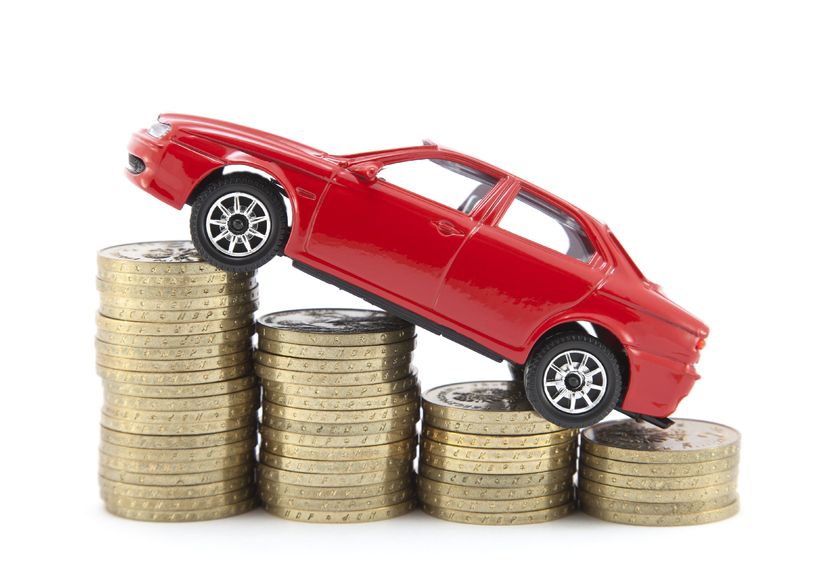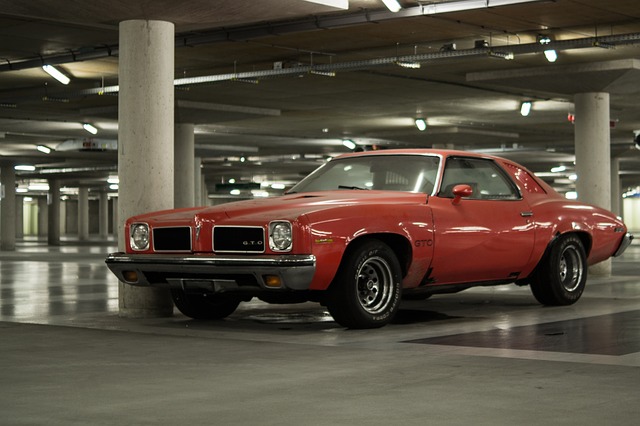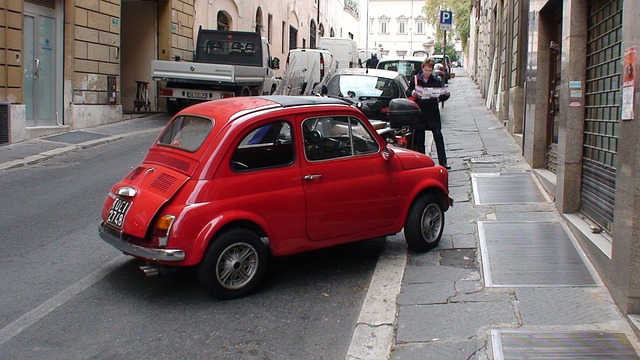If you’re planning on selling your car, then it’s important to spend some time on it to help it go for as much as possible. In terms of Return On Investment, this is a very savvy move – just a few changes now can help you get hundreds more dollars when you come to sell. It means that this article might just help you earn a few extra hundred too.
While You Have the Car
A car is never an ‘investment’ because it loses money the moment it drive it out the garage. The only exception to this rule is for collectible, classic cars – but completely different rules will apply in this case.
That said though, some people will know from the start that they intend to sell their car at a given time and thus they might choose to protect it so as to ensure it sells for the most money possible.

If you’ve just bought your car then and you want to protect its value, make sure you have off-road parking that’s undercover. This will protect the paint on your car, as well as the condition of the windshield and windows. Parking a car in a garage will help it to retain significantly more value than parking it on the side of the road.
You can add further protection to your car still as well by investing in something like a ‘car pocket’. This is a type of cover that you can pull over your car and seal, to protect the car from moisture in the air as well as dust and other particles. If you don’t want to invest in a ‘car pocket’ then consider something like a tarpaulin instead.
Of course you also need to be careful of the way you drive your car. Whenever you’re on the road, consider the impact your driving will have on the value. Try to use defensive ‘eco-driving’ to avoid wearing out the brake pads for instance and try to avoid the bad habit of riding the clutch. If you can choose, then avoid driving on gravel which can cause stones, dust and pebbles to damage the windshield. Drive slowly around potholes to avoid damaging the suspension and make sure that you’re always careful to check your blind spot and mirrors before reversing or going around corners.
Depending on how far you want to go, you can even leave the sticky-backed plastic on your dashboards. This way you can present your car with an interior that’s completely free of blemishes – as good as new! It is a little bit of a pain while you’re driving the car yourself though.

Prior to Selling
Prior to selling your vehicle there are also a number of changes you can make. One obvious one is to clean your car as thoroughly as possible inside and out. You can do this yourself by taking your car to the car wash or just using a bucket and soap.
Better though is to get your car professional detailed. This means it will be thoroughly cleaned inside and out. On top of the usual vacuum and wash, detailing will involve coatings that protect and enhance the paint, thorough cleaning for the chassis and wheels, maintenance of the engine bay in some cases, shampooing and washing the interior and more. The lights will be thoroughly washed and oxidation can be reduced with a plastic sealant. Getting detailing will make your car look as new as it possibly can in its current condition. This is also known as a valet service.
In some cases there might also be specific aspects of your car that need repairing or renovating. For example, if your suspension is worn out then you can get this replaced with new shocks. Similarly, it’s possible to repair chips and scratches in your windshield – you can do this yourself with home repair kits, or you can have it done professionally. You might even opt to have your windshield or other auto glass completely replaced. You may want to switch tires if they’re looking worn – and it’s certainly a good idea to fill them with air if they’re going flat. You could even add new hub caps if the wheels are letting the car down.
With all these changes though, it’s important to weigh up the cost versus the potential profit. Any expense on improving the look of your car should ultimately increase the value and make it easier to sell. If you have a tiny chip in your windshield, it’s probably not worth paying to have the entire thing replaced as it won’t make a big enough impact on the overall value of the vehicle.
Finally, it’s always a good idea to renew your car tax and MOT. While this isn’t always a requirement, potential buyers would often rather pay a little bit more if it means they don’t have to worry about doing it themselves.
How to Sell Your Car
Once you have made all the changes you can to increase the value of your car, it’s time to start looking at places to sell it. Mostly, this means deciding whether you want to sell the car privately, or whether you want to sell it to a car dealer.
As a general rule, it is usually sensible to sell your car privately in order to get the best possible value. If you sell to a dealer, then they will need to sell it for more , which means you won’t begetting the car’s full worth. Bear in mind though, that buyers will expect to pay a little less when buying privately, so it’s not as clear cut as you might imagine. It’s also sometimes better to sell to a dealer if you can benefit from a ‘trade in’ deal to get money off of your next purchase.

There’s more work involved when selling privately but if you’re not planning on trading in, it’s usually worth the extra effort. Leave your car somewhere prominently only your drive with a sign advertising the price and consider adding a listing to eBay and/or Craig’s List. When listing your car online, keep in mind that a great photo can make all the difference to the number of inquiries you get!
Source: ForCarsandVehicles.com


